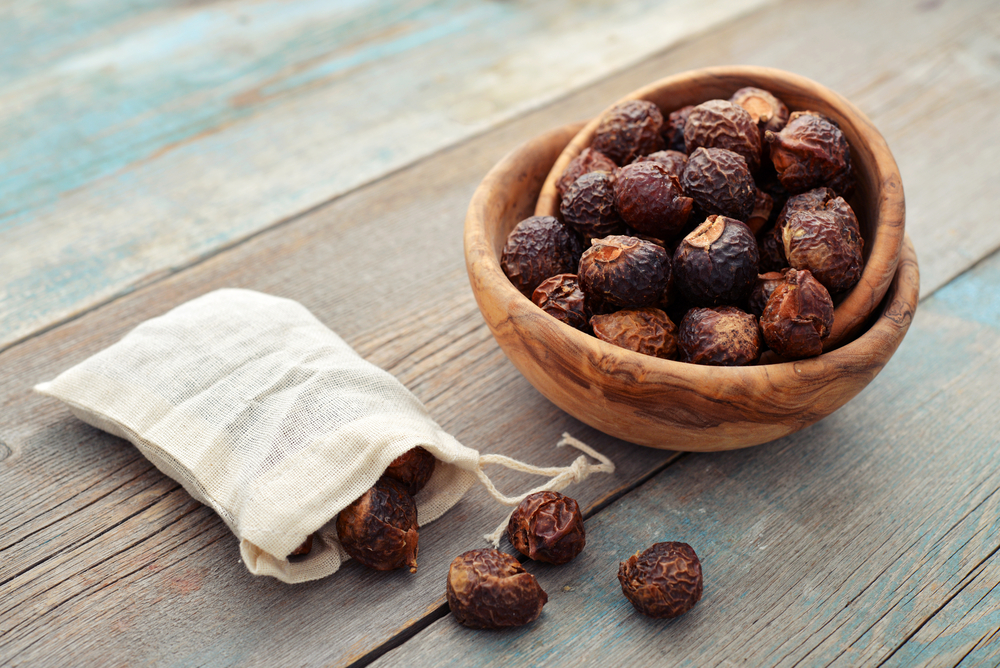Shreya Ramachandran, 18, remembers witnessing California’s water crisis firsthand on a visit to Tulare County in 2014, when she was still a preteen. Tulare spans a large swath of farmland in California’s Central Valley, and at that time, locals were facing dire water shortages amid an ongoing drought made worse by climate change.
“I was talking to some of the people in the area whose wells completely ran dry, and they were left without water because they weren’t connected to the central water grid,” she says. “They were trucking water in for even basic needs.”
Ramachandran, who lives in Fremont, California, was spurred by the experience to find ways to reuse water from sinks, showers and laundry machines — what’s known as gray water — to help people better cope with intense drought. She has won numerous awards for her research, was named a global finalist in the 2019 Google Science Fair, and is featured in the 2021 PBS Peril & Promise climate change documentary, The Power of Us.
Ramachandran said that after she returned home from Tulare, she made every effort to conserve water in her life. She took shorter showers and turned off the tap when brushing her teeth, but it had little effect on how much her house consumed.
Around that time, Ramachandran’s grandmother was visiting from India, and had brought with her a handful of soap nuts. A soap nut, also known as a soap berry, is a small yellow or brown fruit encased in a hard, brown shell. Soap nuts are native to India, where they are used for bathing. Massage one in a bowl of water, and it will begin to lather and smell of apples, Ramachandran says.
She adds that soap nuts, which are often sold as a detergent, also make for an effective cleaning agent. One only needs to put four or five nuts in a cloth bag and toss it in with their laundry, and they can reuse that bag of nuts as many as 10 times, making soap nuts significantly cheaper than organic detergent. Ramachandran wanted to see if the leftover water could be used to nourish plants. “I read a ton of papers. I developed a project plan. And I contacted universities […] until, finally, a really wonderful professor at the University of California, Berkeley, agreed to look over my project plan and greenlight it,” she says.
Ramachandran tested the laundry water on tall fescue, a type of turfgrass, and an assortment of vegetables, comparing the effect of soap nuts with organic and conventional soaps and detergents. That meant setting up dozens of pots in a highly controlled space. “I kicked my parents out of the master bedroom because I needed a space that was as close to a greenhouse as possible,” she says. Fortunately, her parents, both computer engineers, were willing to accommodate her.
Ramachandran tracked nutrients and bacteria in the soil and kept a close eye on the health of the grass. She also looked for traces of E. coli, which can make people severely ill if consumed. “I found that gray water from soap nuts could be reused safely for nonpotable uses,” she says.
The young scientist went on to found her own nonprofit, The Grey Water Project, which teaches people how to recycle gray water in their own homes. She conducts workshops at schools, libraries and corporate events, and she developed a gray water science curriculum that has been implemented in more than 90 schools so far.
“I tell people what the best practices are for gray water reuse,” she says. “My ultimate goal is essentially for gray water reuse to be just as common as paper or plastic recycling.”
